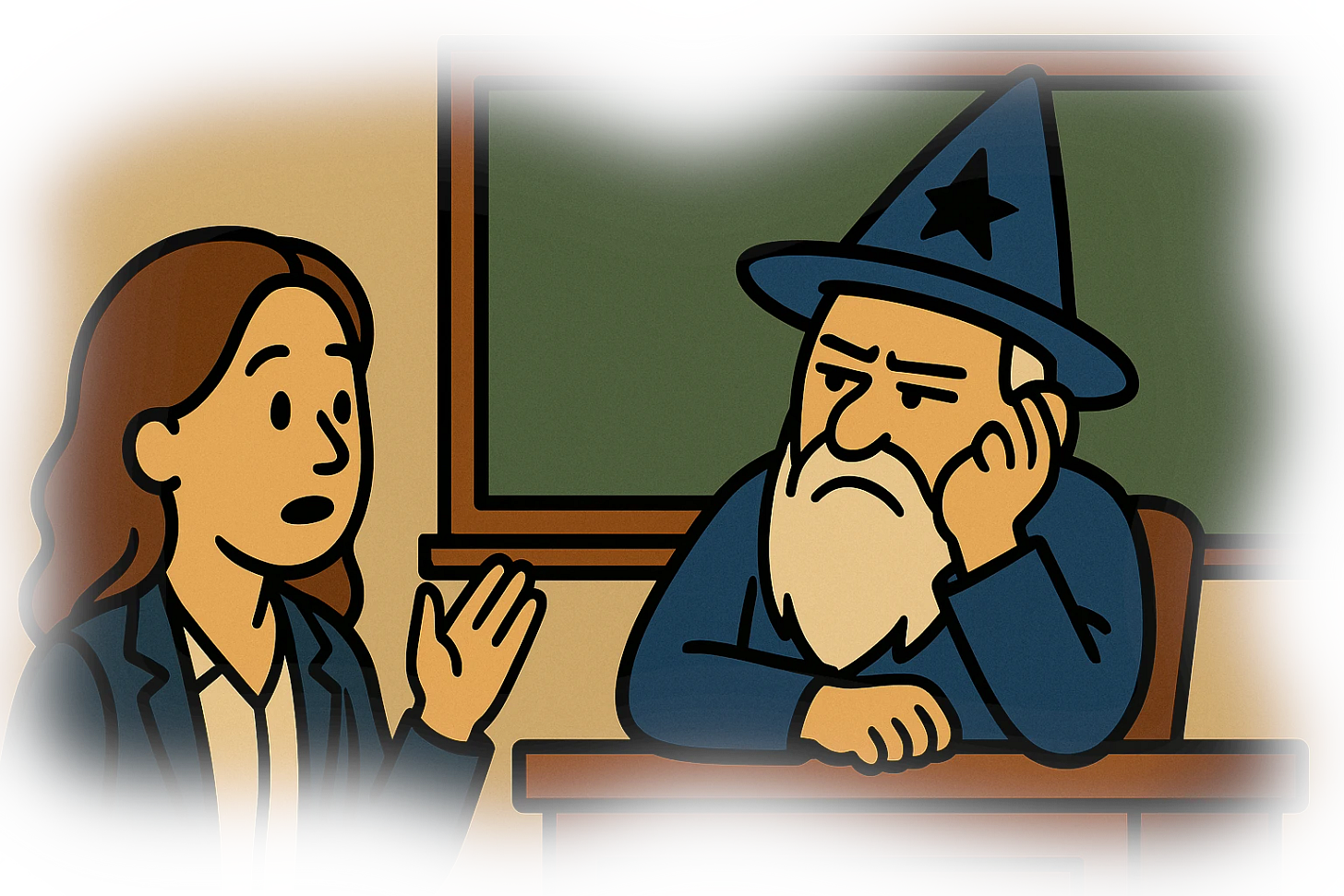In Quantum Computing, Nobody Teaches These Practical Things
How To Select A Computational Basis State
Everybody is obsessed with something. Mathematicians love their equations. Physicists love the counterintuitive behavior of particles at the subatomic level. Business hypesters love to tell stories about what quantum computers could enable us to do in the future. And computer scientists love...
…who cares about what computer scientists love?
Who wants to deal with mundane things like code structure and clean code when we could be spending our time entangling qubits and letting their superposition states interfere with each other in ways that no classical system could?
No one.
After all, if you want to learn about quantum computing, you don’t want to hear a lecture on clean code.
Or do you?
However, if you don’t adhere to the most important principles of software design, you will never be able to create a meaningful quantum algorithm.
Not because it’s theoretically impossible, but simply because your code will break down due to small errors. Without a suitable structure, you simply can’t prevent such things from happening.
So you’d better learn how to create a quantum circuit that won’t break from the start.
That’s why today we’re learning “How To Select A Computational Basis State”—reliably.



In physics and mathematics, we are never taught anything from the start properly, that’s why I needed to complete mathematics, https://danieljmurray.substack.com/p/why-physicists-and-curt-jaimungal?r=6qr0rj